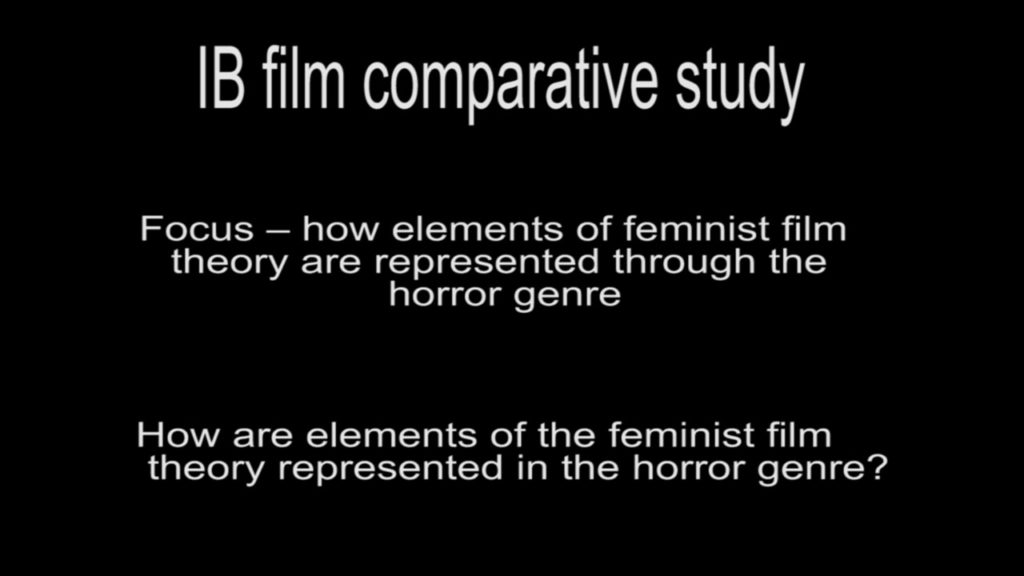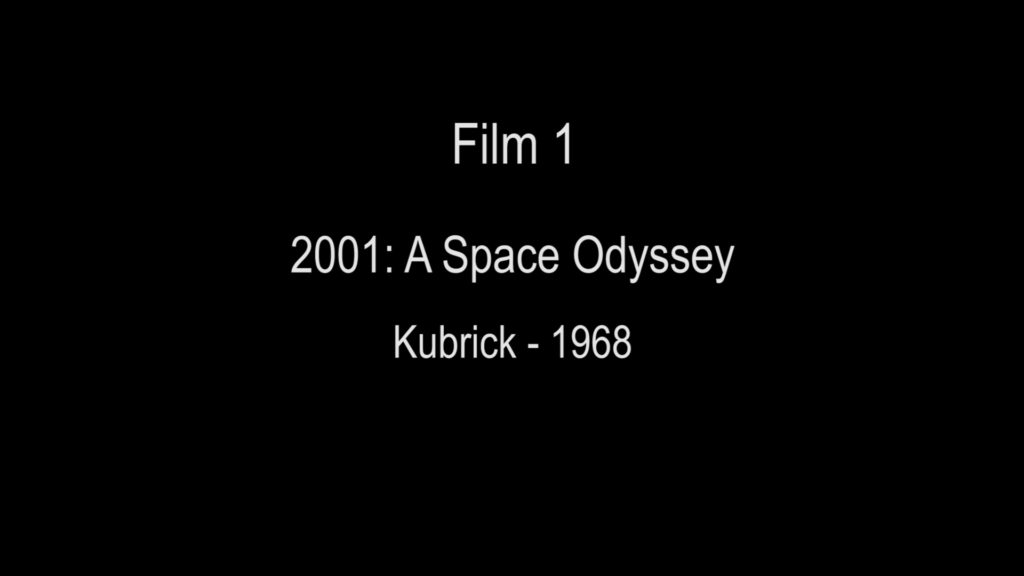This clip is found towards the end of the film, in the last remaining 10 minutes. It shows Ripley ‘surviving’ her antagonist – the alien. (Although we later found out that the alien survives and comes back for the sequel) This scene is important to use in my comparative study because it represents the typical final girl traits of defeating the antagonist and shows the elements of the feminist film theory
Title Cards



Information Sources for Comparative Study
Wikepedia
IMDB
Chris Jones Filmmaker Blog
Raiders of the Lost Ark and New Hope Films
YouTube – MovieClips Channel
Title Cards



Comparative study title cards



Vogler’s Hero’s Journey
Background:
Christopher Vogler is a Hollywood development executive as well as a screenwriter, author and educator. He is best known for his work in Disney as well as being responsible for highlighting the Hero’s journey in his 7 page memo called “A Practical Guide to The Hero with a Thousand Faces. The Hero’s Journey describes the typical adventure of a Hero in fiction. The journey as a whole has 12 stages that details the Hero’s development as a character throughout the narrative.
The Stages:
- The Ordinary World – This is when the hero is introduced sympathetically so the audience can relate to them. There is usually something causing the hero stress.
- The Call to Adventure – Something shakes up the hero’s life and their life begins to change from that point onwards.
- Refusal of the Call – The hero briefly turns away the adventure, either because they are afraid of what lies ahead or because of their duties in their own life.
- Meeting with the Mentor – The hero meets someone who will guide them on their adventure. Alternatively, the hero can find courage within themselves.
- Crossing the Threshold – This is when the hero fully commits to leaving their old life behind and starting their adventure.
- Tests, Allies and Enemies – The hero is tested and seeks out allies during the adventure.
- Approach – The hero and their allies prepare for the major challenge during the narrative.
- The Ordeal – At this point in the story, the hero suffers an ordeal that consists of either facing their greatest fear or losing a loved one or a part of themselves. The hero’s life is forever changed from this point onwards.
- The Reward – The hero takes possession of the ‘treasure’ won by facing their ordeal. There is still a risk of losing the treasure again, however.
- The Road Back – At this point, the adventure is nearly over and the hero is driven to complete it. There is often a chase sequence that signals the urgency of the situation.
- The Resurrection – Usually the climax of the adventure. The hero is tested once more and this is followed by another moment of death and rebirth that will once again alter the hero’s personality and life from this point onwards.
- The hero returns to either their home or a new home after the journey, permanently transformed by the events that transpired.
There are also many archetypes that are present throughout the journey. These are basically characters that represent a specific role throughout the narrative.
The Archetypes:
- Heroes – Main characters in stories, often the characters that the narrative is focused around.
- Shadows – Villains of the story. Could be actual physical antagonists or could just be an internal struggle within the hero.
- Mentors – The hero’s guide.
- Herald – The one who brings the call to adventure to the hero, could often be the mentor or an event that transpires.
- Threshold Guardians – Characters, events or internal struggles that stop the hero from crossing the threshold.
- Shapeshifters – Essentially refers to how the audience’s perception of a character can change as they develop throughout the narrative.
- Tricksters – Mischief makers, could even be the hero’s mischievous subconscious that forces them to change.
- Allies – Characters who help the hero throughout the adventure. Some may cause the hero to change or some may even change with the hero.
Comparative study title cards



Clips for Comparative
Comparision Point Two: the reality of The War of the Worlds vs the hyperreality of The World’s End.
The clip from The War of the Worlds is when the main character – Clayton Forrester – first meets the aliens. This scene has a very serious tone to it, and there is a strong sense of verisimilitude that helps the audience believe that what they are watching could be real. it has very traditional elements of science-fiction, including the obvious alien invasion, and the set reflects the idea of a disaster. The clip from The World’s End, is the point in the film when the main characters come into contact with the aliens. Compared to the point of first contact from The War of the Worlds, it is presented as much more comical, with Oliver’s repeated phrase “WTF”, and the hyperrealistic way that the scene is presented with the fight sequence.
The scene from The War of the Worlds is the main fight against the Martians. It is presented seriously, and the audience can sympathise with the characters as what is happening seems quite believable. The film also uses stock footage from the war in some scenes, which again adds a sense of verisimilitude, and makes the action seem more serious and dangerous. The scene from The World’s End is one of the main fights that the main characters have against the invading aliens. Again, it is presented in a much more comical way than in The War of the Worlds, and it is clearly very rehearsed. The over-exaggerated actions of all the characters reflects the postmodern style of the film, and gives it a sense of hyperreality.
The opening scene to The War of the Worlds takes a modernist approach to science-fiction, as it explains the Martians in a very scientific way, focusing on details of all the planets in the solar system (except Venus). This relates to the fact that The War of the Worlds comes in the classic stage of science-fiction’s genre cycle, when the conventions are iconic and easily recognised by audiences. In comparison, The World’s End is much more postmodern, as
Quotes/ references
Screenwriter Lobdell of HDD explains that he wanted to change the concept of the final girl by subverting the basic idea to create a cruel character whose acts are justifiable and a strong theme of character development to run throughout the film
‘Every slasher film opens with the mean girl getting killed and the good girl living till the end. And i thought, how can i make the mean girl and the good girl the same person?’
The character of Tree changes the idea of a final girl. Prior to the modern generation, final girls were typically the strong sole survivor who faces a usually successful final showdown with their antagonist
Background Sound Task
This task is mainly just experimenting with with Audition. I recorded several sound clips that lasted about 8-10 seconds each. They were all recorded in several locations, for example, a classroom, in a canteen and outdoors in some fields. Afterwards, I put the clips together in Audition, experimented with some effects and also layered some of the clips to give an affect of both happening at the same time.


